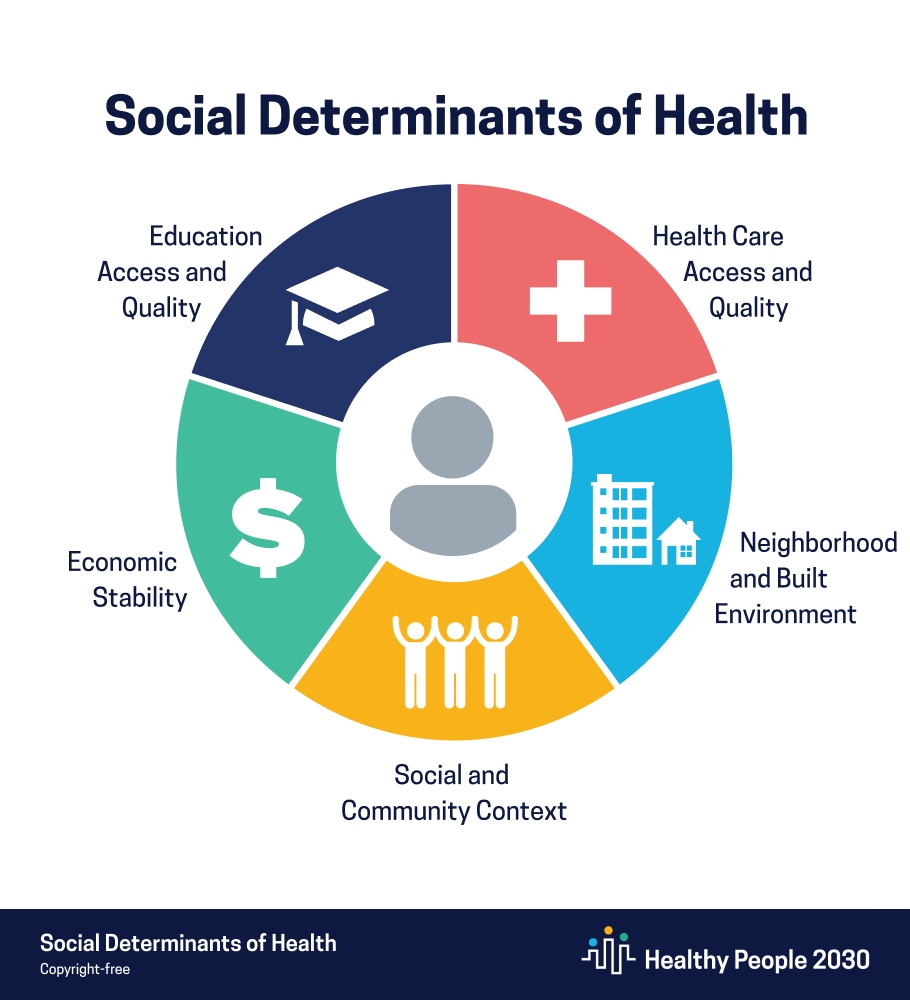In a previous post, I suggested an alternative approach to address the nonclinical reasons patients struggle to access healthcare. I pointed out EHR systems have lots of information on the value of clinical interventions, but less knowledge of patient adherence for nonclinical interventions that address social determinants of health (SDOH).
The main point was we should prioritize SDOH investment in patients with high levels of activation/adherence to generate proportionately higher reductions in claims cost. We could then invest those savings to help the low activation (or nonadherent) patient population to improve their levels of health literacy and adherence.
Unfortunately, there are a wide variety of reasons why patients exhibit low levels of adherence. You can’t say simply they don’t know or care, and a good many of these reasons have nothing to do with social determinants of health.
This post’s purpose is to examine the many reasons patients are nonadherent and why healthcare struggles to create effective clinical and nonclinical interventions to increase adherence.
Even clinical interventions struggle.
I’ve frequently pointed out the clinical approach to treating chronic illness is consistent across patients with the same condition. The recommended interventions typically focus on elements like diet, exercise, medication and maintaining a healthy weight. This is a really important point: the clinical interventions are standardized – yet we still struggle with adherence, especially regarding medication.
Research shows 30% to 50% of chronically ill patients do not take their medication as prescribed. There are also estimates that this nonadherence is associated with 125,000 deaths and up to 10% of hospitalizations annually.
An article on the American Medical Association website documents eight reasons patients don’t take their medication:
- Fear of side effects.
- Cost: They cannot afford the medication, so they skip it or ration it.
- Misunderstanding
- Too many medications with high dosing frequency.
- Lack of Symptoms: They don’t feel any different whether they take the meds or not.
- Mistrust of the doctor’s motives for prescribing the medication.
- Worry about becoming dependent on medication.
- Depression
Again, medication is a standard component of most chronic illness interventions and yet few of the reasons for nonadherence have anything to do with determinants of health as defined by CMS. Clearly, cost (in bold above) is an element of SDOH, but many of these reasons are related to patient attitudes towards treatment – which are a function of their values and beliefs. Even more, despite years of research on how best to increase medication adherence, the improvements have been mixed or marginal.
In another AMA article, they conducted a review of 49 trials for interventions to improve Medication Adherence. The overall review was interesting, but two points stuck out for me:
- Patient, Clinician, and Health System factors influence adherence.
- Interventions that generated meaningful success were costly and resource intensive.
Why share all this? Because even with all the clinical information in EHR systems, and a standardized approach to chronic illness interventions, we continue to struggle with adherence. Even worse, the mechanisms to capture data documenting patient medication adherence are inconsistent.
Nonclinical interventions are more varied.
Think about all the Social Determinants of Health that influence nonclinical interventions. Remember the Healthy People 2030 graphic from my previous post?

The AMA website studies referenced above highlight interventions that strictly address medication adherence and have the potential to be expensive and resource intensive. How about interventions addressing all the Determinants of Health listed above? Even if we focus on basic nonclinical interventions (like transportation, food, and housing), you’re talking about significant costs.
How will we monitor nonclinical intervention actions when we don’t have any widespread infrastructure to do so? We can make recommendations and connect patients to local nonclinical resources, but how does their adherence get tracked and incorporated into their patient record? For the most part, it doesn’t. Some SDOH applications on the market offer a basic level of adherence reporting, but they don’t readily integrate this information into the longitudinal patient record in the EHR system. CMS has announced new codes for nonclinical elements, and this will help. Then we can analyze claims reduction in cohorts with similar nonclinical recommendations documented in their patient record. But, as with medication, we’ll struggle to understand the true adherence – or the barriers patients experience in accessing nonclinical referrals. Until we fully develop this capability, we will struggle to truly understand patient level issues affecting nonclinical adherence.
Patient attitudes are the real barrier to adherence.
We want to increase adherence for any clinical or nonclinical intervention we put in place. Unfortunately, the AMA articles highlight adherence as a multifaceted issue. Offering nonclinical or SDOH services and assuming that will fix everything isn’t enough. For underserved populations that are naturally adherent, any nonclinical intervention will be exceedingly helpful. For less adherent patients, we must uncover whether patient attitudes, as noted in the AMA articles, are contributing to nonadherence.
Why? Because these interventions have the potential to be expensive. We can all agree building infrastructure that offers nonclinical interventions is a great step. However, the systems we’re building to track nonclinical interventions don’t have the capability to uncover and document barriers to adherence, belief-based or otherwise.
In addition, we don’t have much built-in capability to change the attitudes of non-adherent patients. Of course, we can try to provide education or engage with family members or friends to intervene. However, changing a patient’s attitudes towards recommended treatment is a complex undertaking. So yes, we should seek to document the nonclinical barriers to treatment related to determinants of health and build out intervention elements in this space. But we also need to start identifying and documenting patient attitudes which prevent them from engaging in care. Then we can cohesively integrate communication and education capabilities into our platforms to begin reducing any attitude-based barriers to adherence.
There are a wide variety of theories and research on changing the behaviors of healthcare patients. In future posts, I’ll spend more time discussing the ones that explore how to change patient attitudes.


No Comments